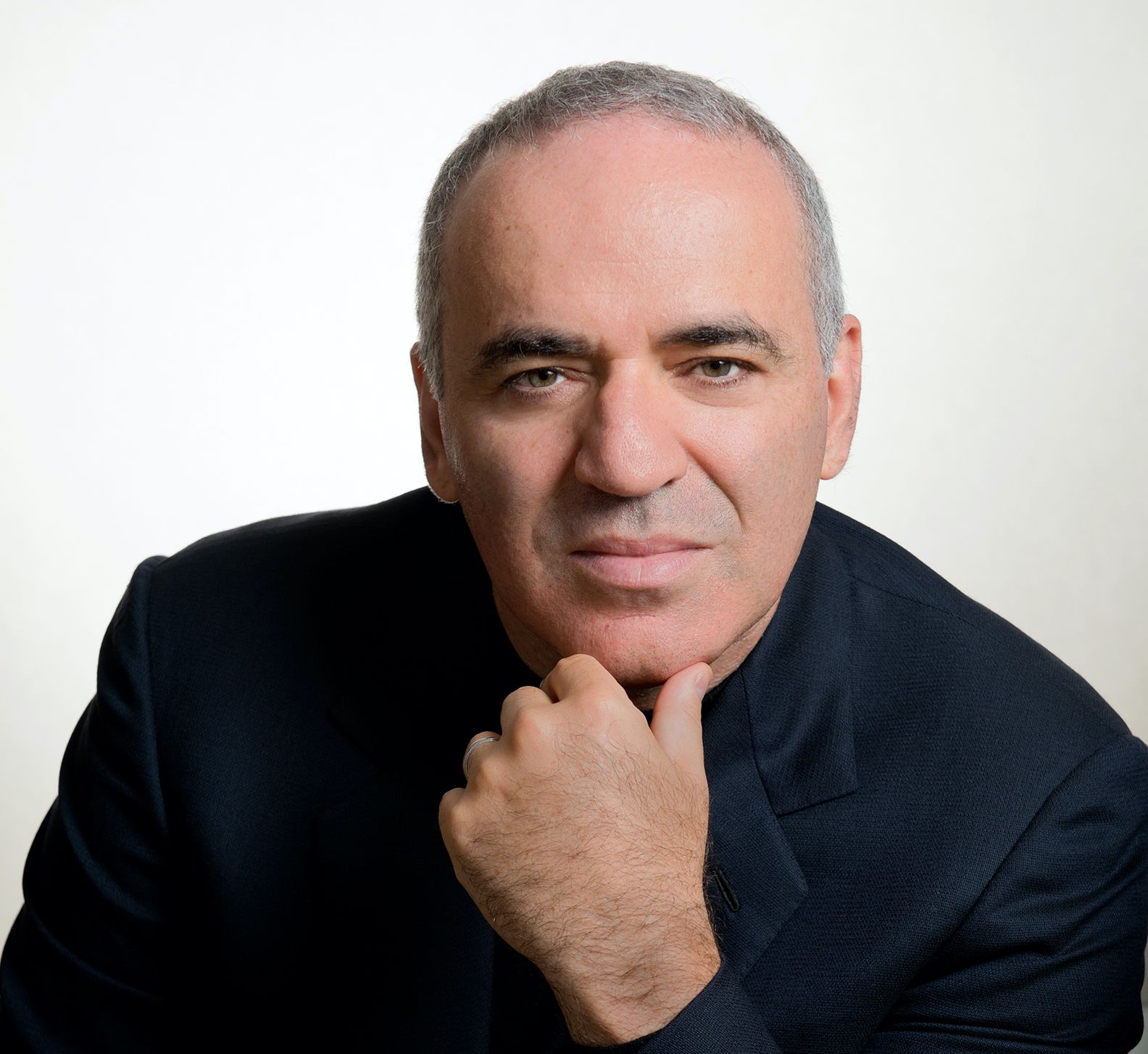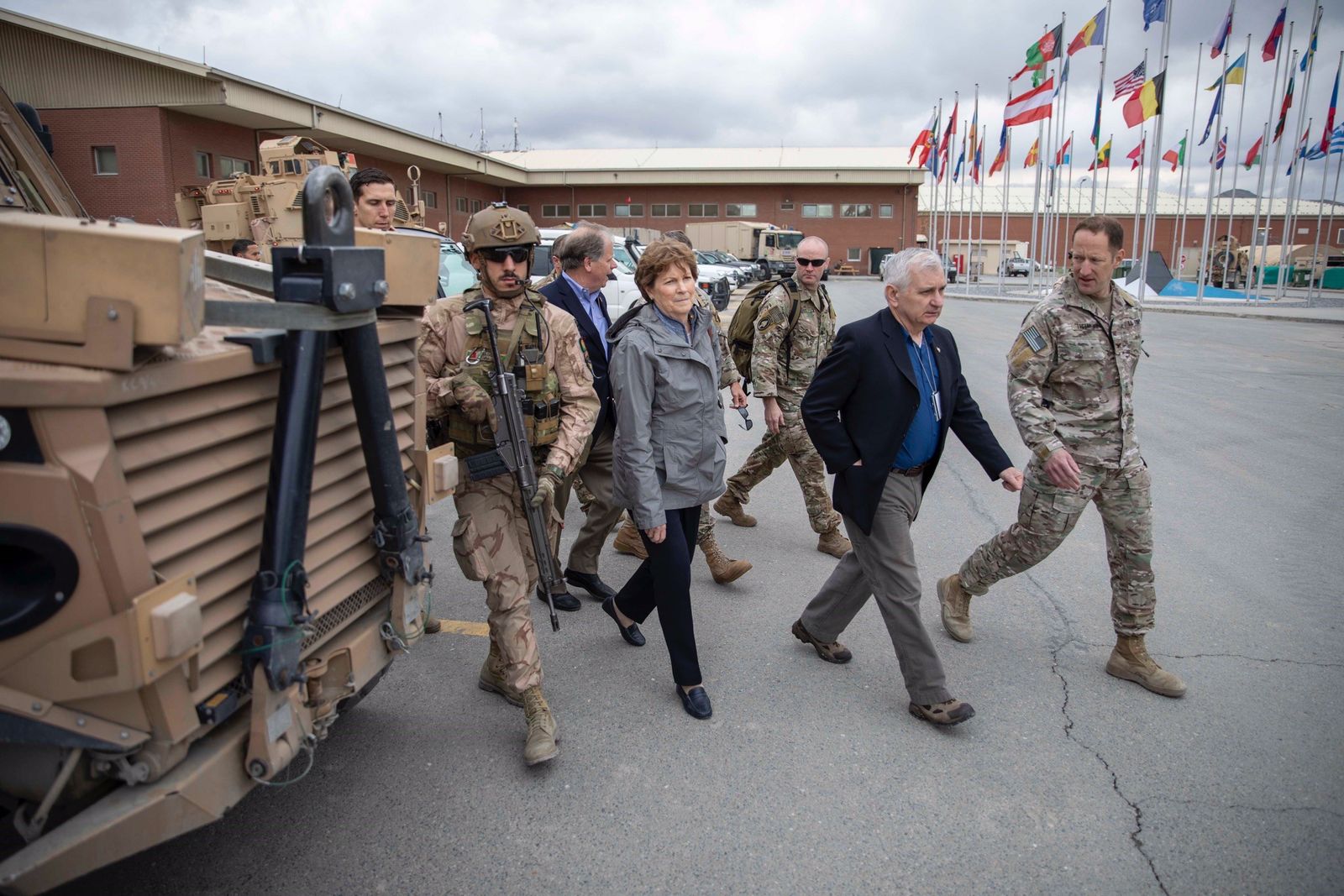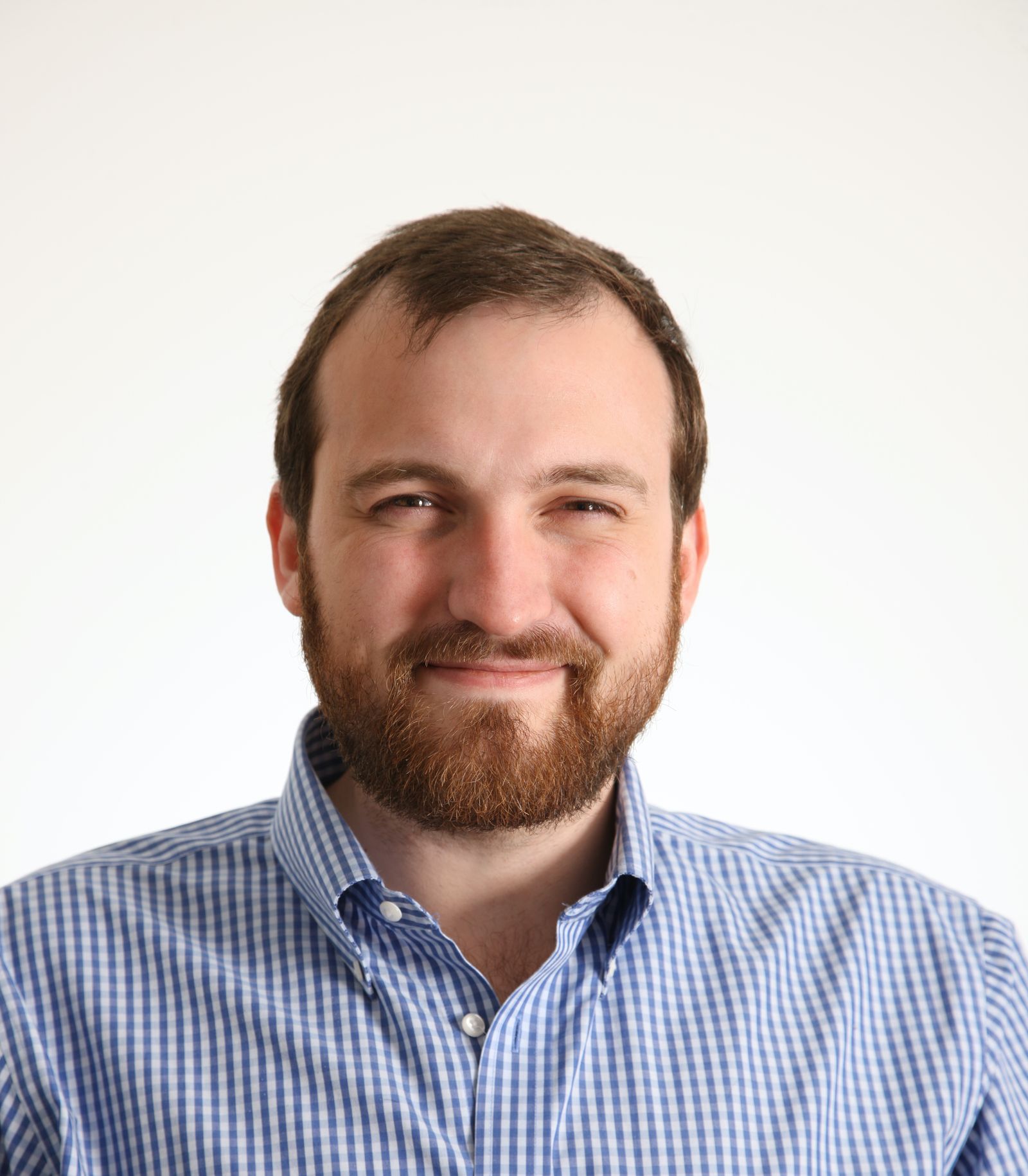Omar Badsha, who was recently awarded the National Order of Ikhamanga (silver) for his contributions to South African culture, is an award-winning photographer and artist who documented the struggle against apartheid while serving in leadership positions across the trade union movement. Badsha additionally founded South African History Online, a website to document South African history. The HIR recently spoke with Badsha about his artistic career; the transcript that follows has been lightly edited for length and clarity.
What first motivated you to use art as a tool for social protest?
I grew up in a home where my father was an artist; he worked as a sign writer and painted. I grew up in a home with art around me, but I only really began when I had left high school in 1965. I began to find a way of expressing myself, so I turned to drawing and woodcuts. My father gave me a set of woodcarving tools, and I started working on woodcuts and linocuts, but woodcuts mainly. I had just finished high school. I was also politically active from 1960, when I entered high school. It was just after the Sharpeville Massacre in South Africa, which angered many of us and had a huge impact on our lives, so I became very political. I’m self-taught, because there were very few facilities for blacks in South Africa to train as artists (there were very few studios or workshops). So, I taught myself. In the process, I began to look at ways of representing what was happening around me, so that’s how I started. One of the earliest works I did was a small woodcut, which I entered for a national art competition, which was one of the first non-racial and mixed art exhibitions, and it won a prize! It gave me a huge boost to continue working and to continue to learn to draw. That’s what happened. What motivated me? I grew up in a home and in an environment in which violence and discrimination was all around. And I became political at a very young age, so when I found a need to express myself, I turned to art.
What challenges did you face as a protest artist under apartheid?
Firstly, the challenge I faced, like the majority of black artists in South Africa, was the fact there were not enough facilities for us. There were no proper colleges. You were not allowed to go to the white college, which, at that stage, was the only one that had a fine arts course. I had finished high school and didn’t go to university, so I had to teach myself. Secondly, I was political, so I refused to exhibit in segregated shows. There were very few opportunities, and there were very few of us who were working as artists and exhibiting. When I first started exhibiting in 1966, I was one of I think 50 black artists in the entire history of fine arts in South Africa who had exhibited, so it was very few of us. We also had the problem of making a living out of art and finding sponsorships to go to workshops, if there were any workshops available.
How did you get involved in photography?
I worked as an artist and as an activist in the underground—plus in open political activity—from 1966 to 1972. By 1970, I became involved in the reviving of a number of political organizations. In 1973, I was part of the leadership that established the first nonracial unions in South Africa. I then put aside my artwork (I had no time for that) and I worked in the unions, building the trade union movement under very, very difficult conditions. Then, I established the Chemical Workers’ Industrial Union and became its secretary. We would run classes, political classes and training in trade unionism for workers. By the end of it, in late 1975, I went and bought a camera to document the conditions under which workers were in the factories. Secondly, I wanted to use slide tape presentations for the classes that we ran, so I had to teach myself photography. That was when I started. When I left the position of secretary of the union, I left the union, and then began teaching myself photography and started taking pictures. That was in 1976. In 1978, I was involved in putting together my first book together with a comrade of ours, Professor Fatima Meer, who asked me to do a photographic book on children. She herself put together the text, and we published the book without her name because she was at that stage banned, which meant she could not be in the company of more than two people; she could not teach; she could not be involved in any publishing venture; she could not leave the magisterial district of the area in which she lived. Being banned meant she could not put her name on the book as co-author. The book [Letter to Farzanah] came out and it was banned immediately. That was my dramatic experience as a photographer.
What themes did your photography touch on the most under apartheid?
Let me start by saying, firstly, I had just started teaching myself photography when I was approached by Professor Meer. She was running the Institute for Black Research, and she then asked me to help with putting together a book on children under apartheid, in commemoration of Year of the Child, so we worked on this jointly. I took the pictures, she began collecting data on children, stories of children. As I said, I was also involved in reviving political organizations, trade unions, and I continued working in documenting the political movement that was growing, police repression. Those were my themes. At the same time, I was very interested in looking at and finding a new way of looking at life under apartheid, so I began just documenting the everyday lives of people, the rituals, in two areas in particular. One was a ghetto in Durban that I lived in and grew up in, and the other was an area outside Durban, a huge informal squatter community that had grown up and mushroomed around the edge of the city. Conditions in those areas were appalling. I worked together with another banned person [Shadrack Maphumulo] who was a former prisoner at Robben Island who had come out from prison. He and I quietly worked in setting up and mobilizing people to demand basic amenities in that community of Inanda. He was again detained. When he came out, he had to free the country, but I continued working with other like-minded community activists in that area of Inanda. That was some of the work that I did in the early 1980s. We put together exhibitions, we used the photographs that came out of those projects in publicizing conditions, bearing witness to what was happening, using it to mobilize people. There was so much happening politically. In 1981, I initiated the setting up of a progressive photographers’ collective, which was called Afrapix. Over the next ten years, Afrapix was involved in training community-based organizers and photographers, and also putting together exhibitions and books.
How did your photography change after the fall of apartheid? What were the continuing themes, and what were the diverging themes?
I continued working, and in 1990, with the unbanning of the organization, I was allowed to leave South Africa for the first time in 25 years on a three-month passport. I used it to go to America and England and I met people who were in exile, some of my old comrades. I now had access to new concerns and photographed after that in places like Denmark, India, and Ethiopia. I continued to work as a photographer, but I also worked as a member of Afrapix. Collectively, we put together lots of exhibitions, a number of books, conferences. These were all held at the most difficult of times, at the height of the mass uprisings in the country, heavy censorship, in difficult conditions. I worked in the underground; I worked as part of what was then called the United Democratic Front, involved in the cultural area of mobilizing artists, photographers, writers, musicians. I set up what was called the Cultural Workers’ Congress in the late 1980s when I moved to Cape Town, plus I set up a project at the University of Cape Town. I was also, in the early 1980s, involved in putting together 20 photographers who worked as part of the Second Carnegie Inquiry into Poverty and Development, and out of that came out a book, South Africa: The Cordoned Heart. I also put together a book of photographs that came out of those struggles and those communities I had documented in Inanda, and that book came out in about 1985. It was called Imijondolo [Zulu for shacks or shanties]. There were lots of themes, lots of political events. I still retained my links to the trade union movement, to the political organizations. It was an incredible decade, the last decade and the fall of apartheid. One was involved at so many levels in that period, but I continued to take photographs. I continued to use that as a way of expressing what was happening around me and bearing witness what was happening around me.
What do you consider to be your most impactful work?
Let me put it this way: what had the most meaning for me were those two books in the 1980s that I put together, Imijondolo and South Africa: The Cordoned Heart. As a group, each one of them had quite a big impact on how photographers and in the political organizations we worked in, because it was a period in South African history, where, for the first time, you had mass action and artists and intellectuals who were part and parcel of this mass movement against apartheid, a period in which there was an incredible amount of violence but at the same time a great deal of repression, and censorship. People, ordinary people, had taken center stage in changing the South African political landscape, so whatever I did covered all those things. It was ten years of me being involved in so many levels that it is difficult to isolate one event or one book or one photograph. It’s a body of work that tried to speak to two things. One, it reflected the struggle, it documented that. It documented communities. Essentially, from my own work, I began to find a new vocabulary which represented black life in a new way. It broke away from the normal stereotype of poverty and defeatism and reflected what was actually happening. It was a movement of people. One photographed the very minutiae of political organizing: meetings, endless meetings, and then people protesting or people building new organizations, people taking charge of their own history and making their own history. For me, that was the most important thing, that I was able to create a narrative or to reflect what was happening and create a narrative that some people feel reflects that moment and breaks new ground in a number of ways.
What advice do you have for up-and-coming artists who want to use their work as a tool for social change?
First and foremost, they must learn to recognize and understand the nature of change that is taking place around them. Secondly, they must learn to understand the medium that they work in and master the techniques of that, and storytelling, so that the work is a dynamic interplay between form and content. Whether you are young or old, you need to constantly learn to interrogate what is happening around you. Find ways of bringing forward or bringing out an essence of what it is to be human, one, and what it is to be an activist, two. Be aware of your audience. Try to find ways in which people who have never been exposed to art exhibitions or museums are able to relate to your work, so you start creating not only your audience, but you also establish new ways of putting across your work in places that you normally never associate with art and photography. We were lucky in that. We were at a very interesting point in history, and we were able to grasp it and move with it. Whatever the conditions are and whatever you are photographing, you still need to become part and parcel of whatever you are doing. At the same time, stand outside it and use your skills as a photographer to try and make great images, images that have some meaning for yourself, the people that you direct it to, and the communities in which you circulate those images.
Image credit: Photo by South African government, CC-BY-ND-2.0, accessed via Flickr.




